A retrospective exhibition for esteemed master
Writer: Cao Zhen | Editor: Doria Nan | From: Shenzhen Daily | Updated: 2018-07-02
To commemorate the 140th anniversary of the birth of Chinese artist and revolutionist He Xiangning (1878-1972), a grand exhibition to examine her life and paintings opened at He Xiangning Art Museum this week, offering multi-angle reviews of her art and contributions.
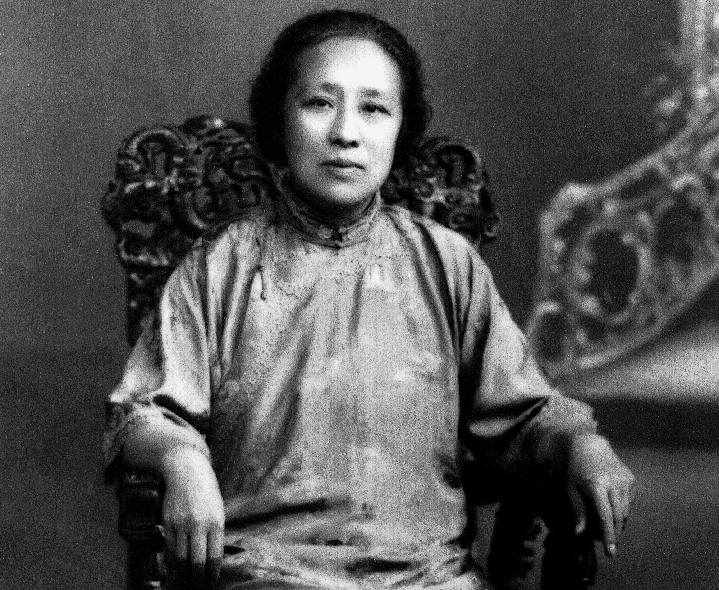
He Xiangning in 1928 (Photos courtesy of He Xiangning Art Museum)
The exhibition features 74 paintings by He, some of which are collaborative pieces by He and her son Liao Chengzhi (1908-1983), or He with fellow masters, such as Zhang Daqian (1899-1983), Pan Tianshou (1897-1971) and Fu Baoshi (1904-1965).
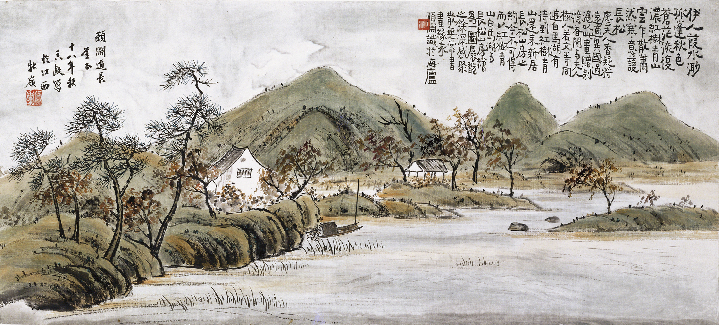
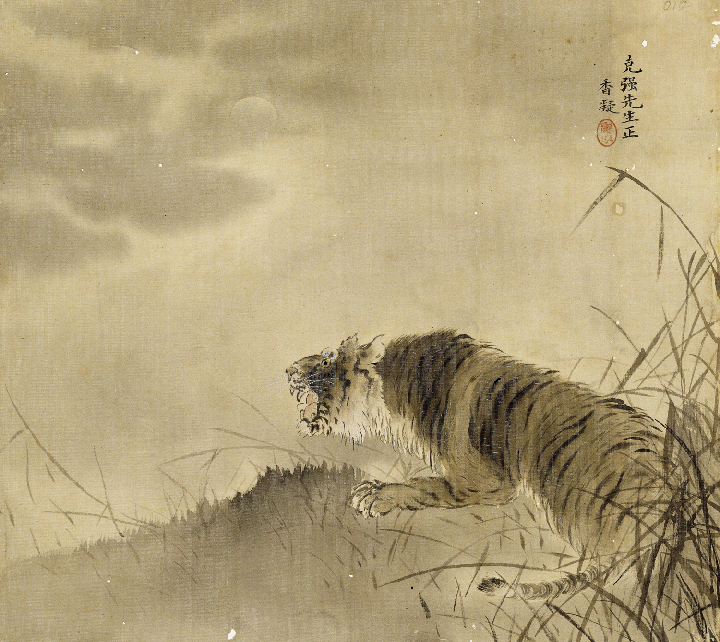
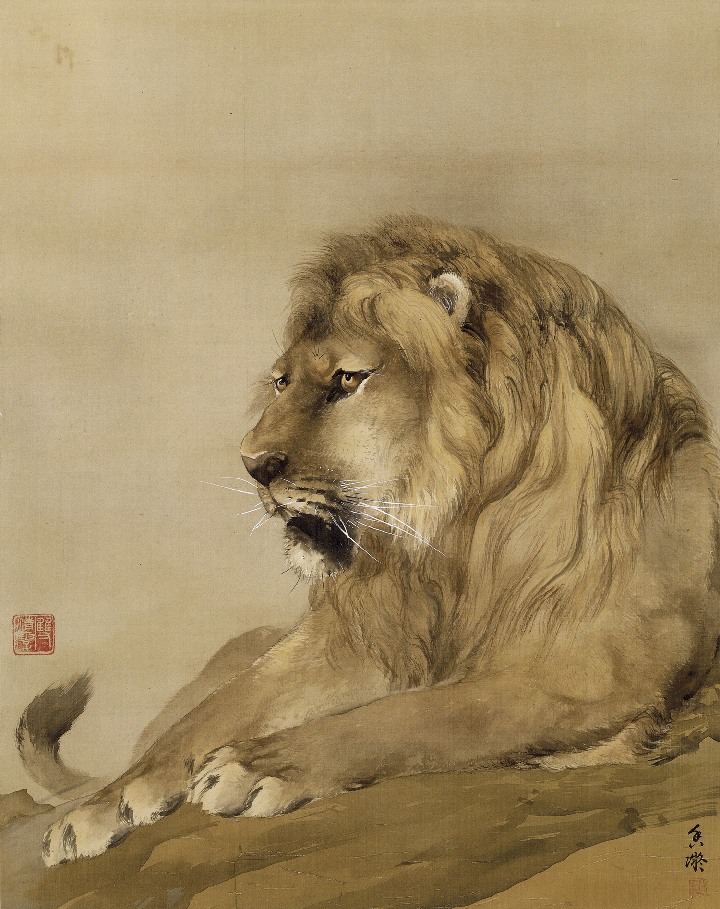
"He Xiangning was an extraordinary woman. She represented traditional Chinese culture and pushed Chinese paintings into the modern world. She was not only an artist, but also a social activist. Her paintings are a part of history and the revolution," said Cai Xianliang, vice curator of He Xiangning Art Museum.
The museum, founded in 1995 and opened in 1997, is the first national art museum in China to be named after a person. It mainly engages in collecting, displaying and studying He's paintings, which are permanently on display on its first floor.
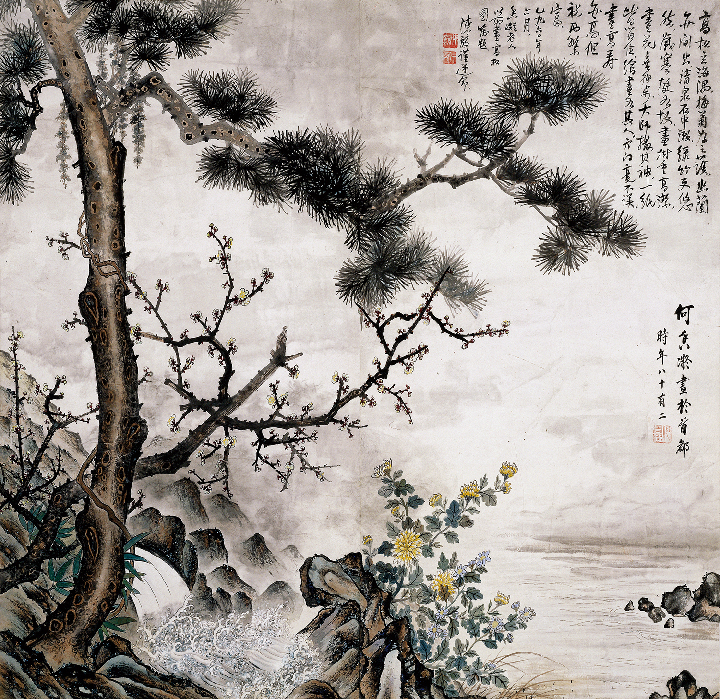
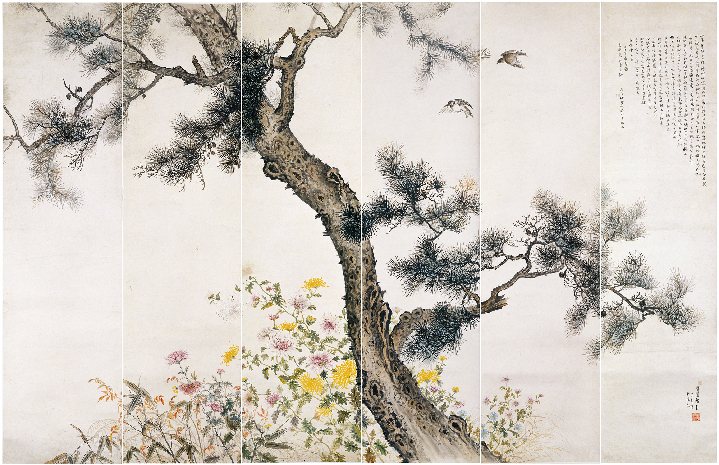
"In addition to our collections, we also borrowed some pieces from other domestic museums for this exhibition, such as from the National Museum of China, National Art Museum of China, Guangdong Museum and Suzhou Museum," said Yi Donghua, deputy director of He Xiangning Art Museum's preservation department.
The exhibited items are He's classic paintings on paper or silk scrolls, featuring plum blossoms, pine trees, lions, tigers and landscapes. Her style was influenced by the Lingnan School of Painting, a modern school of Chinese brush painting in South China. She also retained a sensitivity for the delicate colors and meticulous brush strokes characteristic in Japanese painting.
A native of Nanhai in Foshan City in central Guangdong, He was born into a wealthy family in Hong Kong. She married U.S.-born Chinese Liao Zhongkai in 1897 and went to Japan in 1903 with her husband who studied political science. She studied landscape and flower painting at Tokyo Women's Arts School (today's Joshibi University of Art and Design) and then continued to study animal painting under Japanese artist Raisho Tanaka. She was one of the earliest Chinese students to study in Japan and lived 13 years there.
While in Tokyo, the couple met Chinese revolutionist Sun Yat-sen in 1903 and became two of the earliest members of Sun's anti-imperial revolutionary movement Tongmenghui (also known as the Chinese United League).
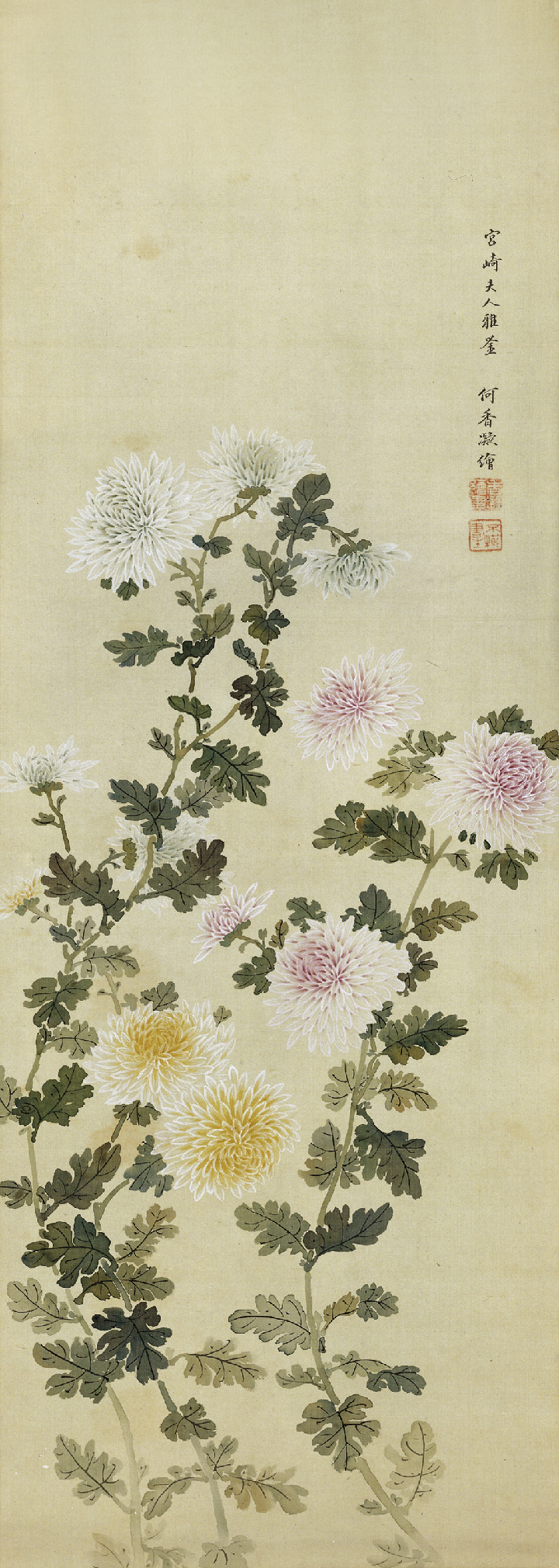
In 1916, He and Liao moved back to China to advance the revolutionary cause. In Guangzhou, she and Sun's wife Soong Ching-ling organized a women's association to raise funds and provide medicine and clothing for soldiers. She also sold many of her paintings for the war effort. She proposed the "complete equality of women with regard to legal, social, economic and educational rights" and organized China's first rally for International Women's Day on March 8, 1924. She also opened hospitals and schools for women in Guangzhou.
During the War of Resistance Against Japan, she organized the National Salvation Association with lawyer Shen Junru to advocate resistance against Japanese aggression. After the founding of the People's Republic of China in 1949, she moved to Beijing, served in a number of high-ranking positions and kept working until she turned 80 in 1958.
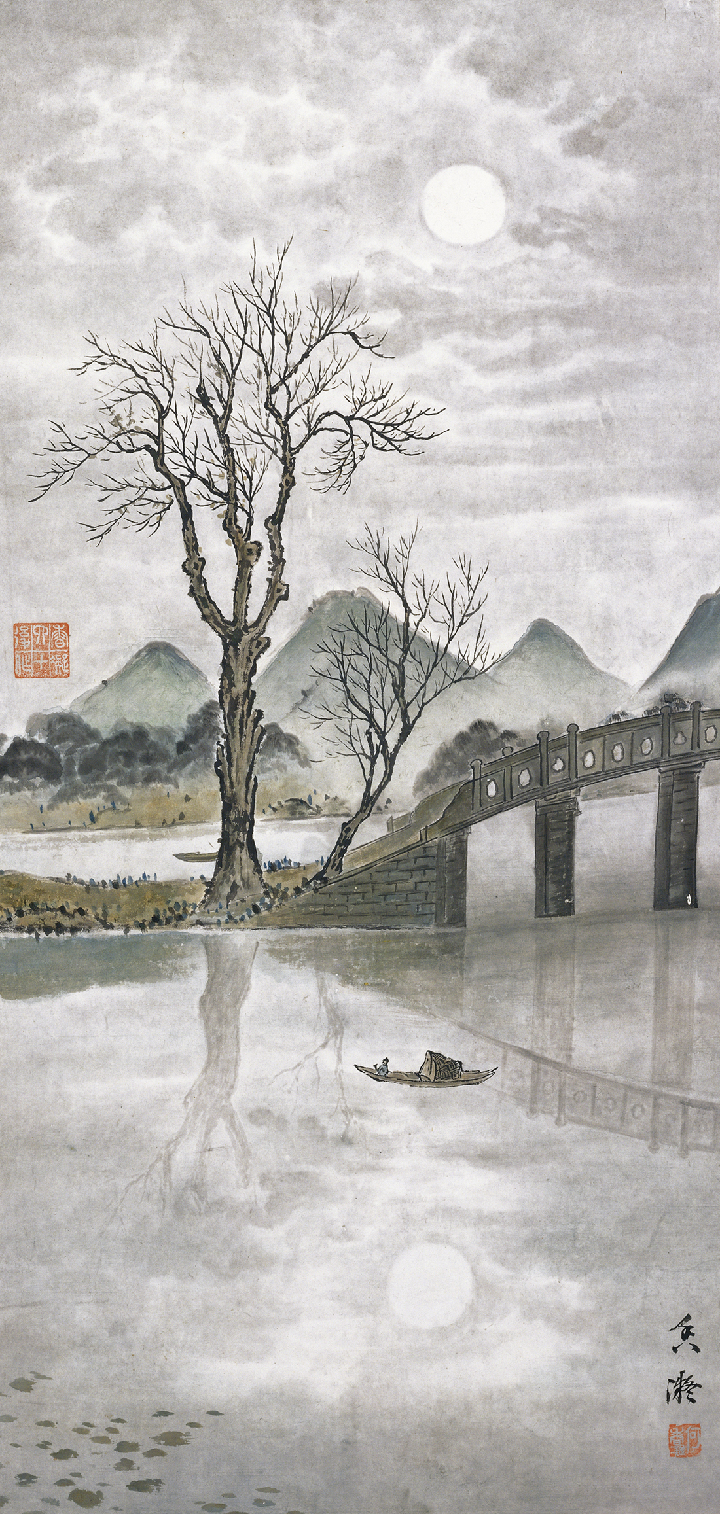
Her son Liao Chengzhi was also a revolutionist and a painter. Born in Tokyo, Liao had studied painting with his mother since the childhood and they later collaborated on many landscape and figure paintings. After 1949, Liao worked in various positions related to foreign affairs.
"He Xiangning played a decisive role in the history of Chinese fine arts and made great contributions to China's 20th-century history. At this exhibition, we placed her paintings and historical materials together in a long timeline on the walls to give visitors an overall picture of the female master's life achievements," said Xue Liang, director of Beijing Fine Art Academy's exhibition department.
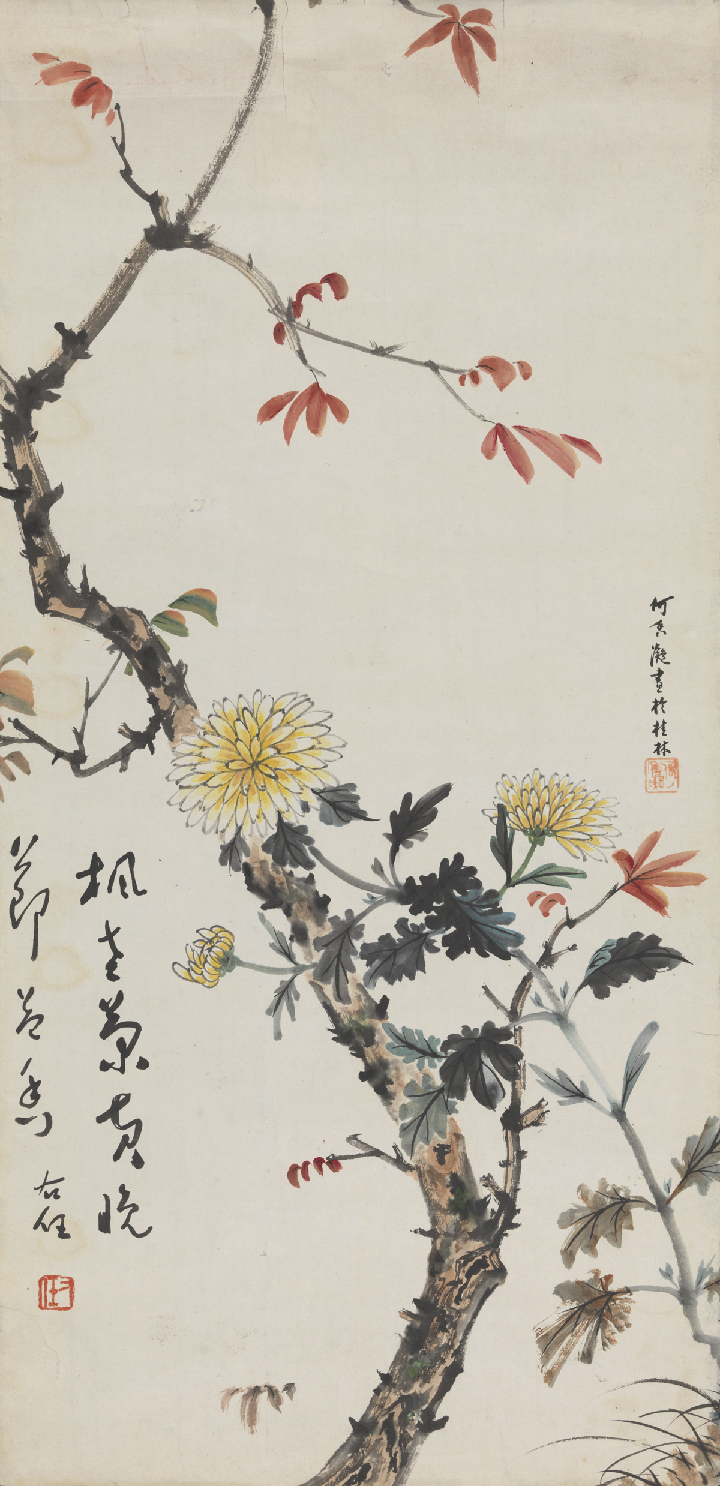
Since 2003, He Xiangning Art Museum has curated exhibition tours of He's works in various Chinese cities. Last year, her works were exhibited at Ueno Royal Museum and Joshibi University of Art and Design in Japan. He Xiangning Art Museum will also organize commemorative activities this year, including visiting He's hometown, publishing historical documents and collecting He's works from around the world.

Dates: Until Oct. 7
Hours: 9:30 a.m.-5 p.m., closed Mondays
Venue: He Xiangning Art Museum, Overseas Chinese Town, 9013 Shennan Boulevard, Nanshan District (南山区深南大道9013号华侨城何香凝美术馆)
Metro: Line 1 to OCT Station (华侨城站), Exit C